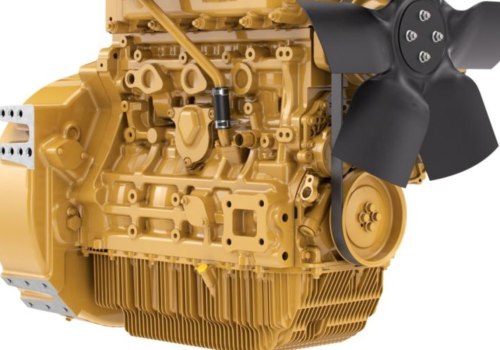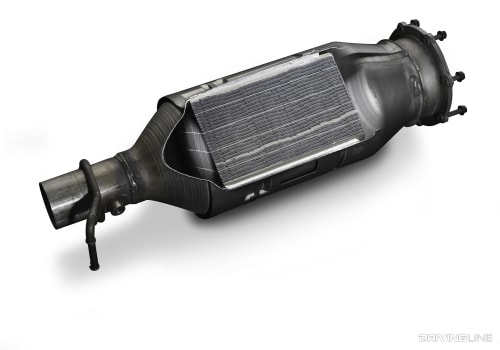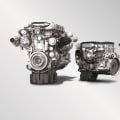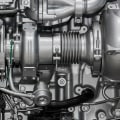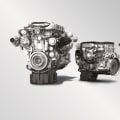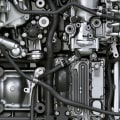Heavy-duty diesel vehicles are known to emit significant levels of nitrogen oxides (NOx), especially at lower speeds when driving through urban neighborhoods. NOx is a pollutant in and of itself and a precursor chemical that causes the creation of fine particles and ground-level ozone pollution. Exposure to NOx pollution has been linked to a range of respiratory health problems, including reduced lung function and inflammation. It can also lead to the formation of ground-level ozone, which irritates the respiratory system and causes coughing, asphyxiation, and reduced lung capacity.
Studies have shown that exposure to diesel exhaust gases causes lung damage and respiratory problems, and there is concrete evidence that diesel emissions can cause cancer in humans. In order to reduce diesel pollution, the Environmental Protection Agency (EPA) established standards for the sulfur content of diesel fuel and for the emissions of new diesel engines. The oil industry produces ultra-low sulfur diesel fuel (ULSD), a cleaner-burning diesel fuel that contains up to 15 parts per million (ppm) of sulfur. To meet EPA regulations, diesel engines use heat to release the chemical energy contained in the diesel fuel and convert it into mechanical force.
The four main pollutant emissions from diesel engines (carbon monoxide-CO, HC hydrocarbons, PM particles and nitrogen oxides (NOx)) and the control systems for these emissions (diesel oxidation catalyst, diesel particulate filter and selective catalytic reduction) are analyzed. Funding for the Recovery Act for the National Clean Diesel Campaign, now known as the Diesel Emissions Reduction Act (DERA) Funding Program, allowed the implementation of many additional projects. Emissions control systems after treatment have the potential to eliminate polluting emissions from diesel exhaust gases. In diesel engines, the main HC is diesel fuel, but other HCs, such as ethanol, acetone and propanol, can be injected into the exhaust stream to help reduce NOx.
Among the emission control systems of diesel engines, most of the research and studies have been carried out on the reduction of NOx emissions because the NOx content in the exhaust of diesel engines represents the highest percentage of polluting emissions. These systems are particularly requested for heavy diesel engines, and in general, a combination of DOC, DPF and SCR has been used to simultaneously eliminate major polluting emissions from diesel engine exhaust gases.

